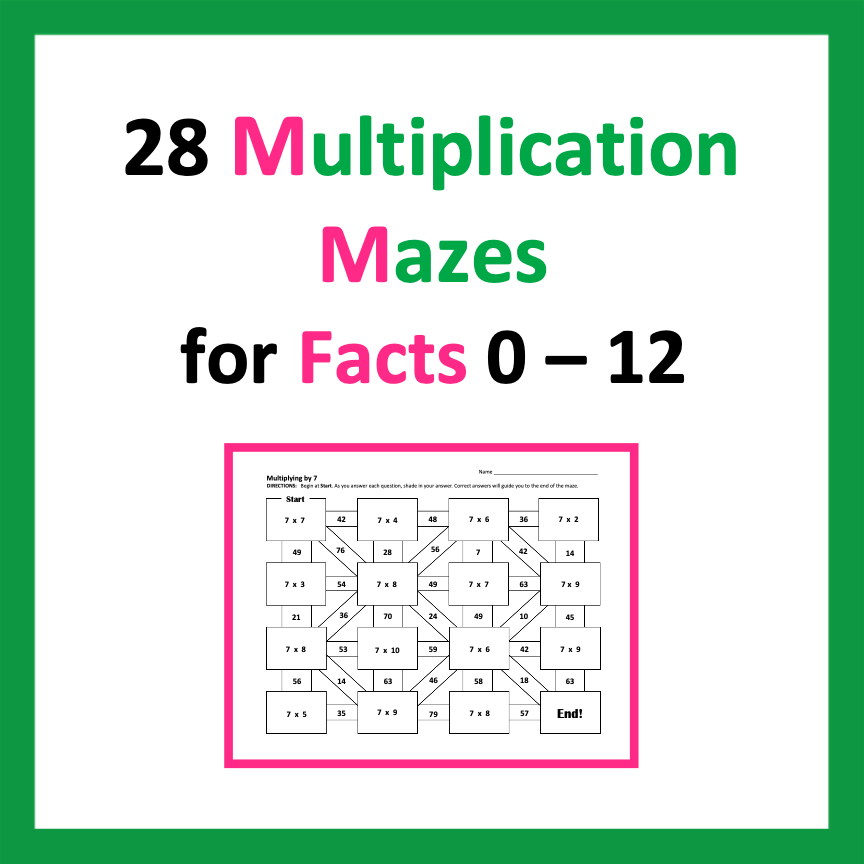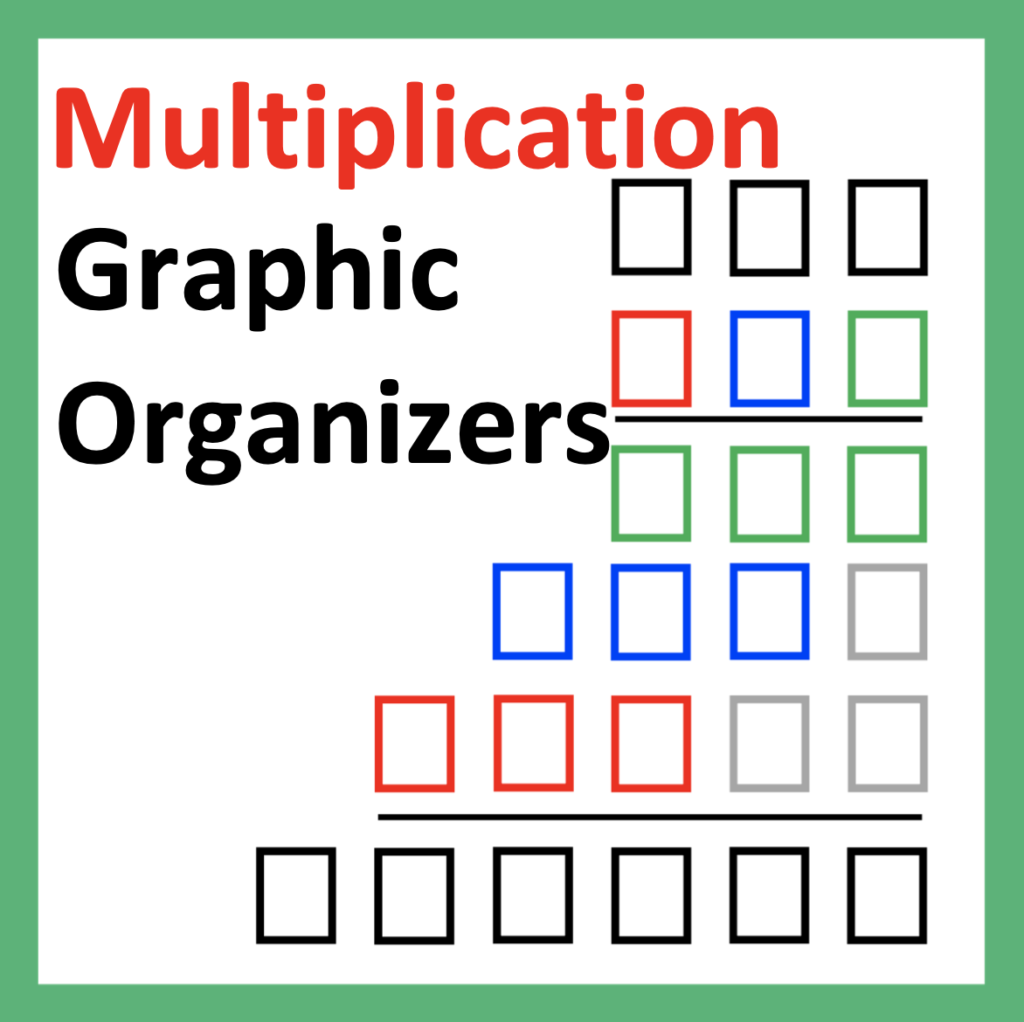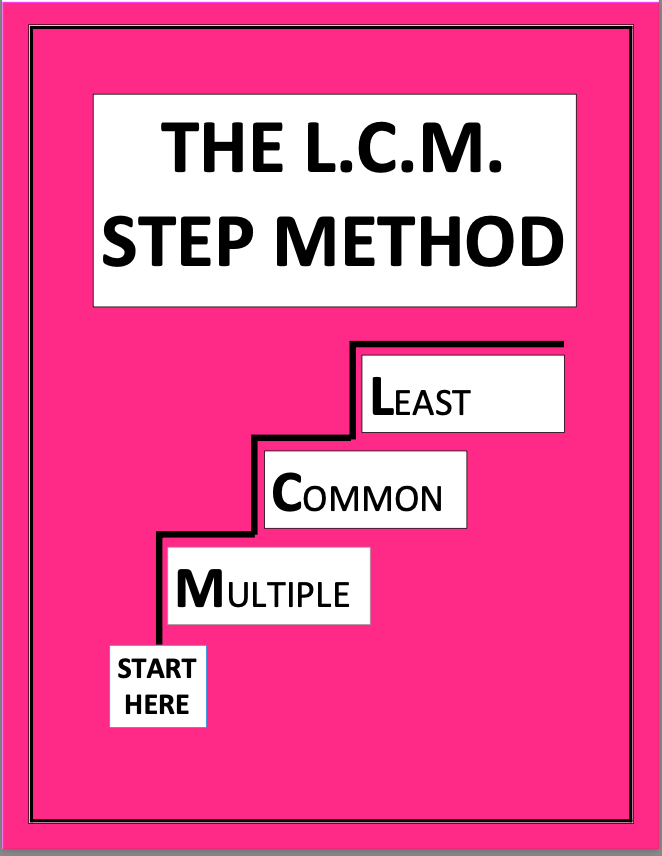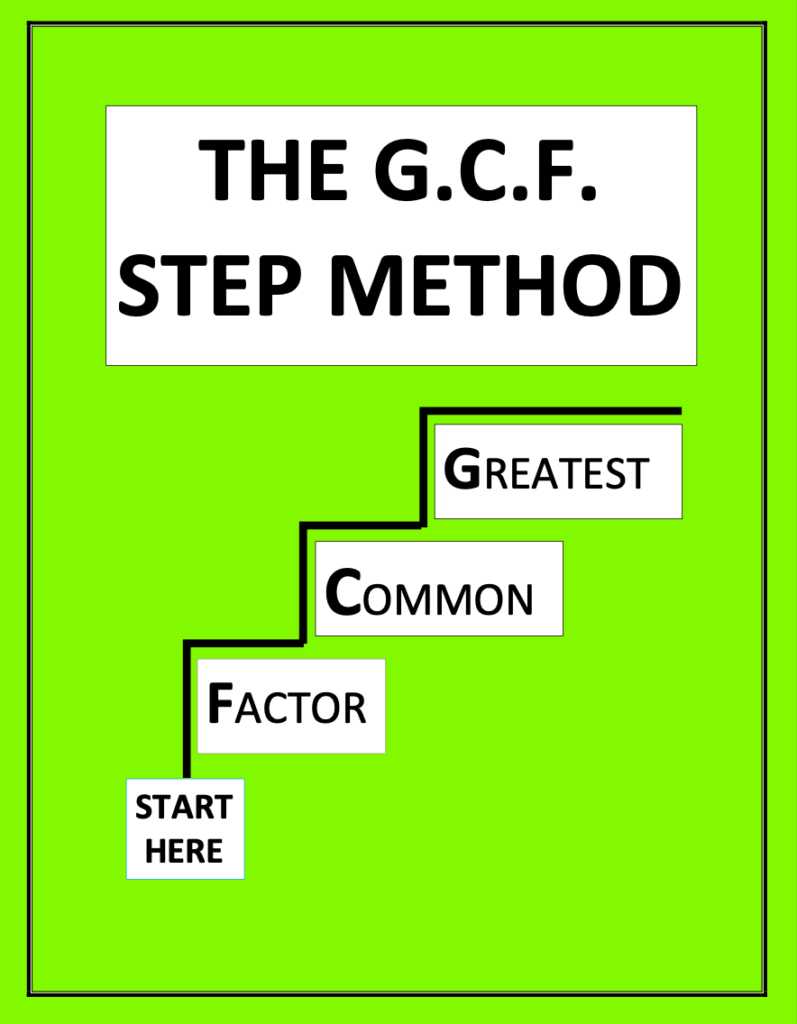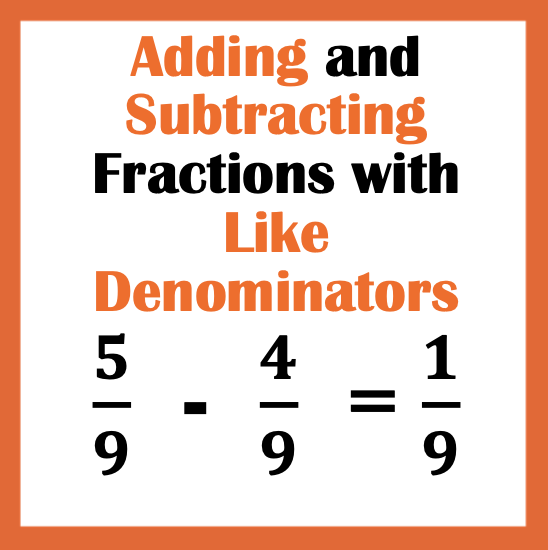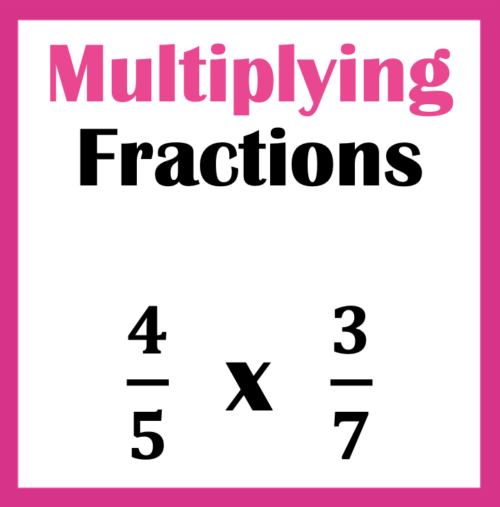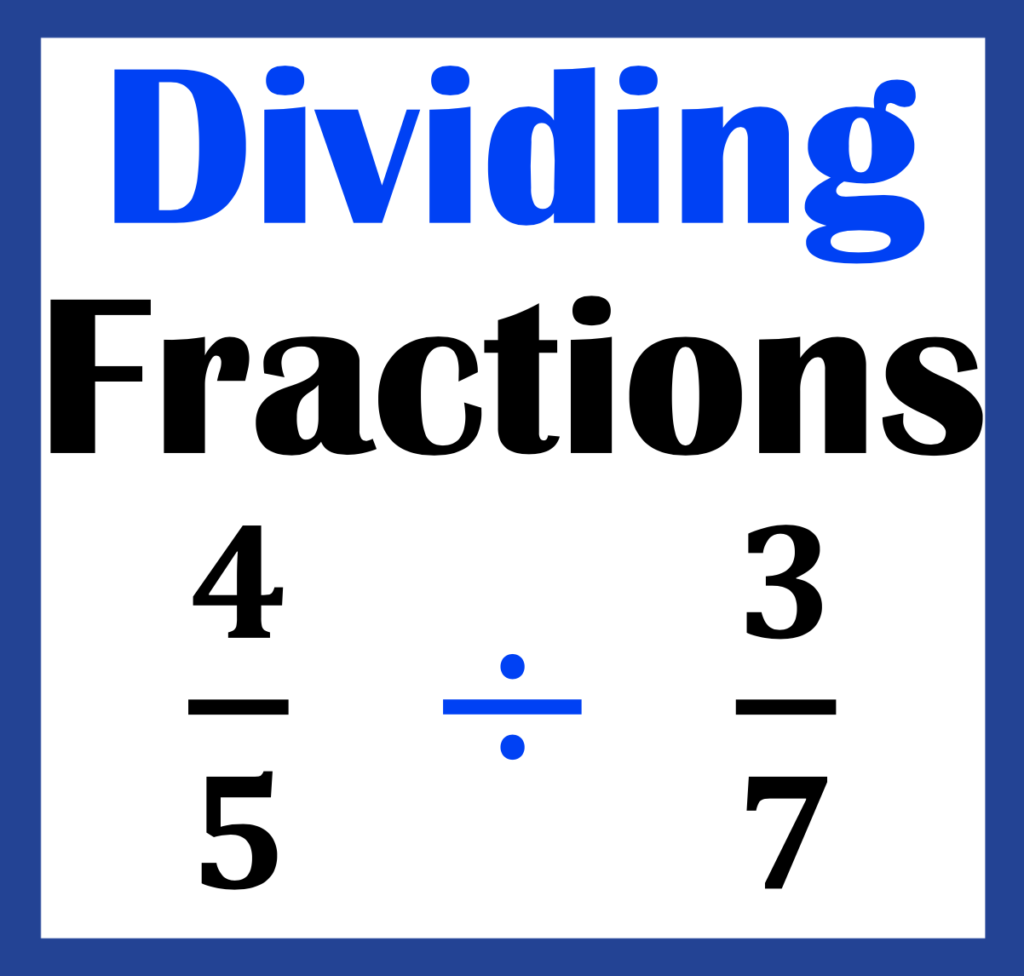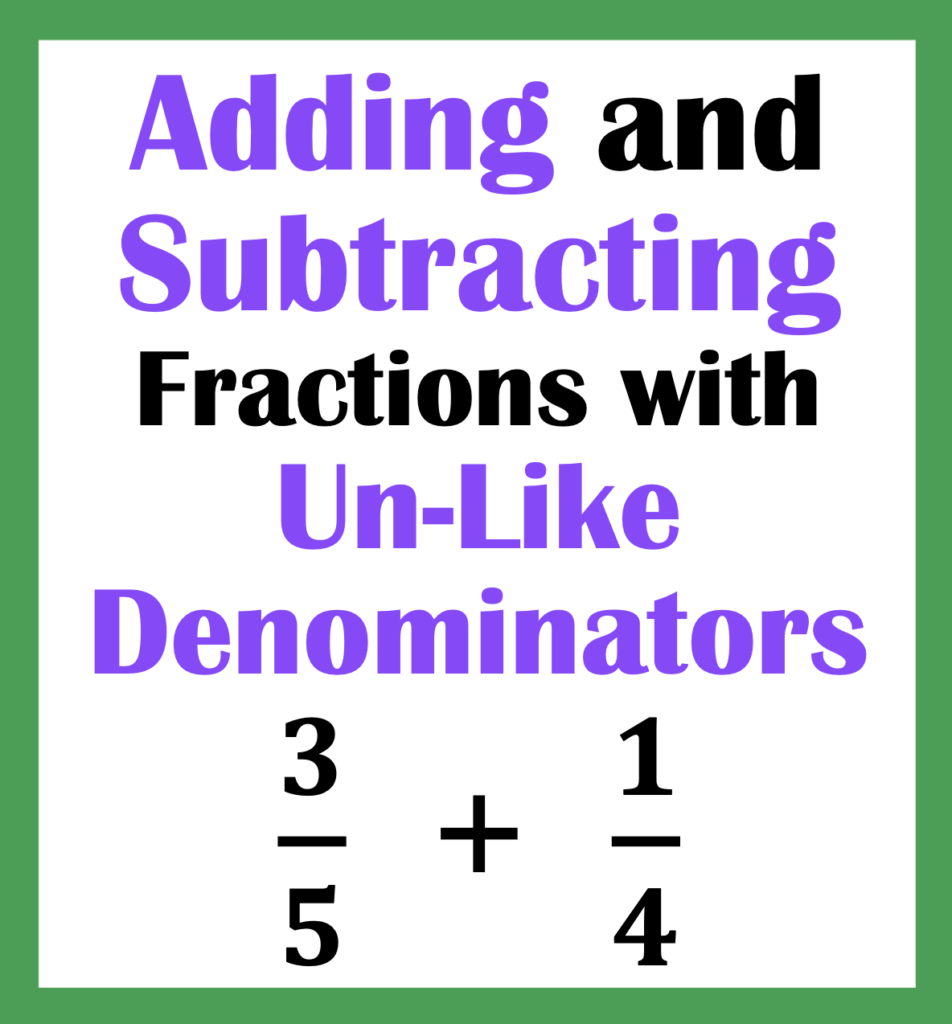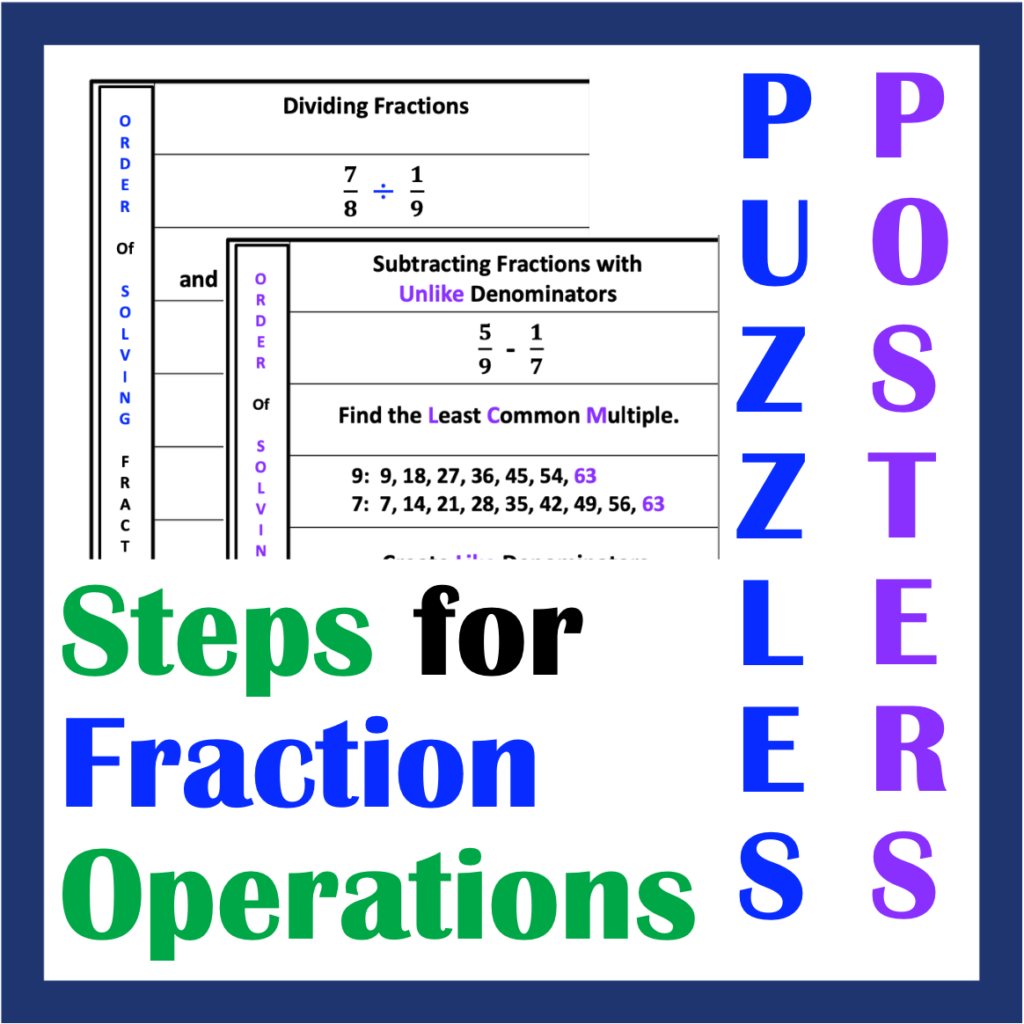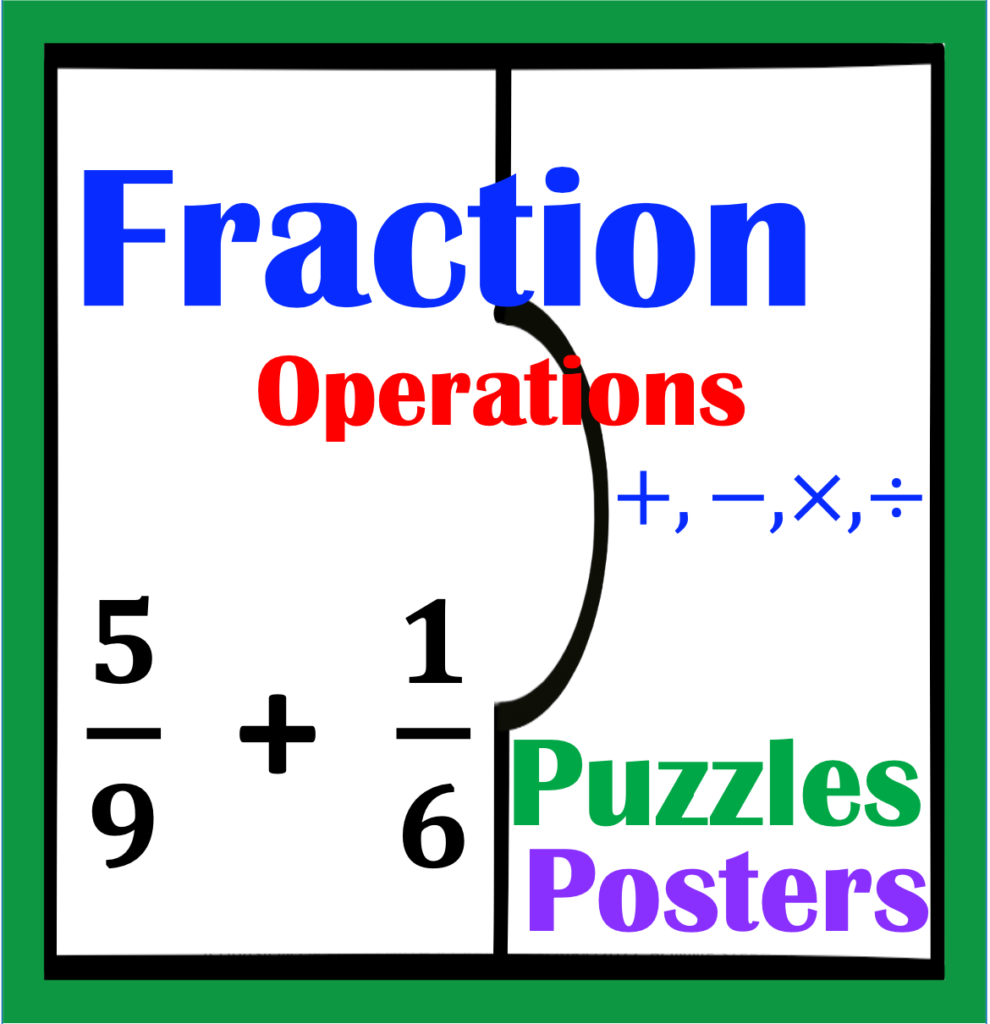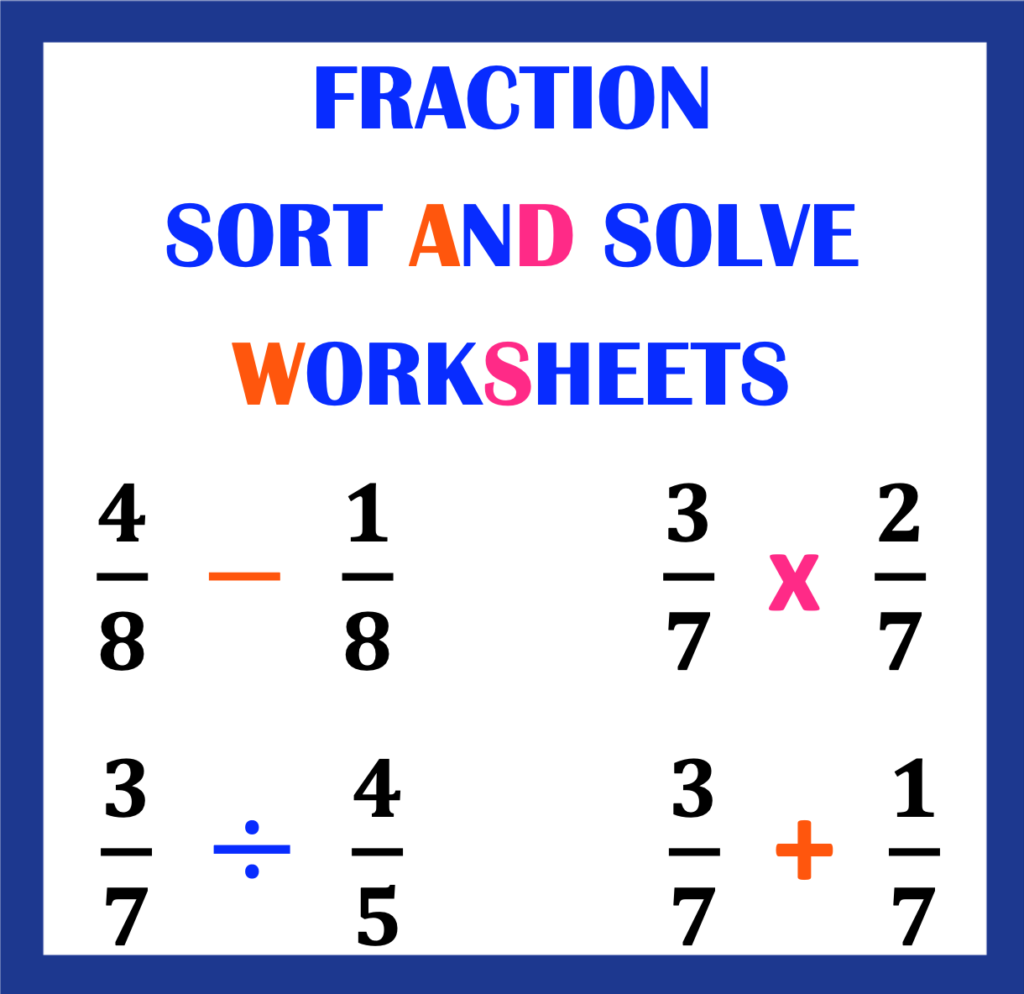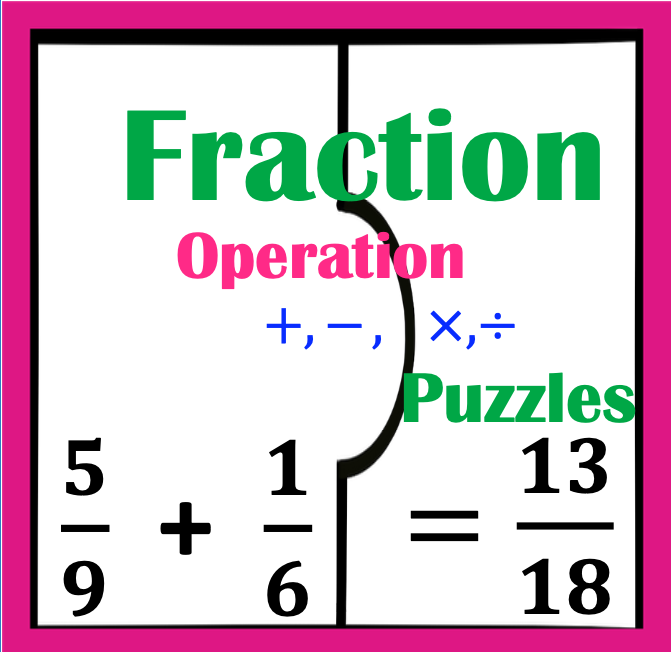
You plan a party. Food will include sub sandwiches. Each person coming is assigned to bring a different ingredient: pickles, lettuce, onions, tomatoes, cheese, mustard, mayo, meat slices and the most obvious ingredient; bread. The day arrives and before you know it, all of your guests show up except for one. The person bringing the bread calls out sick at the last minute. Bummer! I guess it will turn into a lettuce wrap affair! This is what 3rd and 4th grade math is like when students do not learn their multiplication facts 1 – 12. The most significant math skill which holds the “ingredients” together is missing. Keep reading to discover, Multiplication Facts: Why and How They are Most Useful.
Contents:
1. Multiplication Facts, 1 – 12
2. Factors of Numbers
3. Division with One – Two Digit Numbers
4. Long Division with Two or More Digits
5. Finding Area
6. Equivalent Fractions
7. Reducing Fractions
8. Multiplying Fractions
9. Dividing Fractions
10. Adding and Subtracting Fractions with Unlike Denominators
Conclusion
1. Multiplication Facts, 1 – 12
Third graders who do not learn multiplication facts are at a huge disadvantage. Not knowing multiplication facts is like trying to pull a wagon without wheels. It is like trying to light a fire without a match. It is like trying to fly a kite without a string, or trying to charge a phone without a charger. In simple terms, it is plain difficult and beyond frustrating for the student.
Difficulty begins as students are introduced to new math concepts requiring the use of multiplication.
Students who are fluent in this skill are able to simultaneously learn new math concepts more easily and confidently.
Yes. Learning multiplication facts in third grade is important.
2. Multiplication Facts: Factors of Numbers
Listing ordered pairs is another way of expressing multplication. For example, the number 12 has a total of 3 factor pairs: 1 x 12, 2 x 6, and 3 x 4.
Student ability to list factors of numbers will provide another way of practicing multiplication facts.
The ability to list factors of numbers is a step towards finding the greatest common factor. Finding the greatest common factor provides students a useful strategy for reducing fractions. Observe the listed factors of 12 and 18, below.
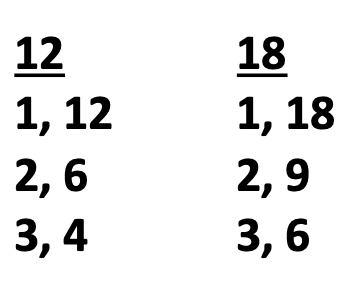
Yes. Learning multiplication facts is important for listing factor pairs of numbers, finding the greatest common factor, and reducing fractions.
3. Division with One – Two Digit Numbers
“Fact Families” are commonly used in many classrooms to help students learn as well. Below are examples.
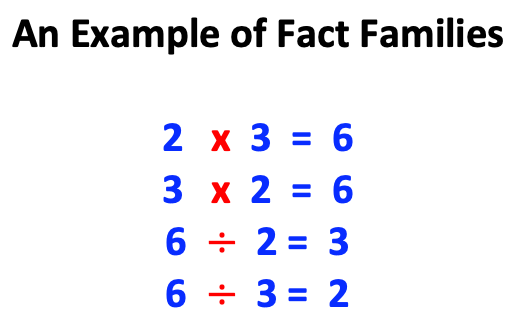
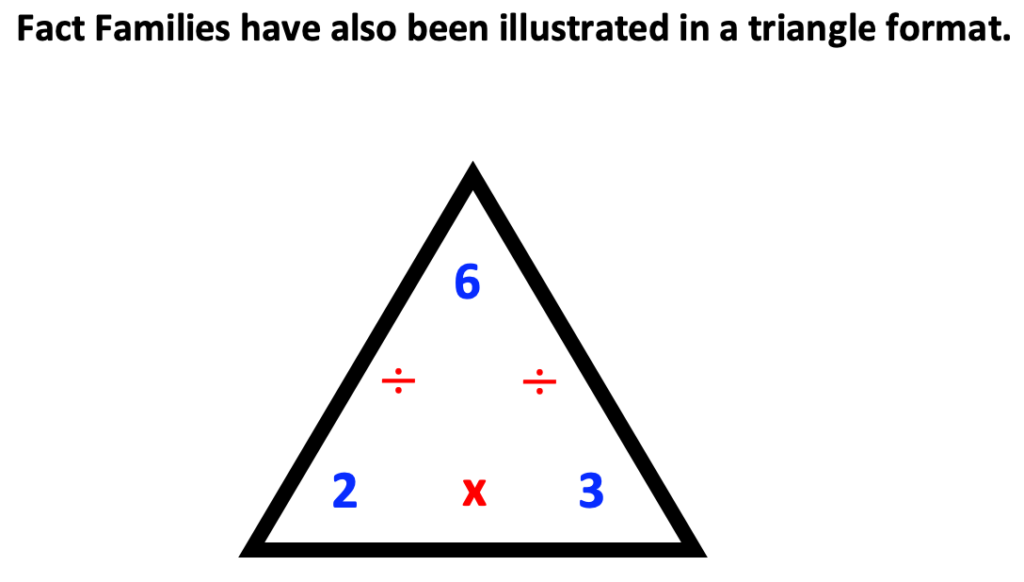
If you are looking for materials related to fact families, there are many resources available with a simple web search such as: “Fact Family Games for Multiplication and Division,” “Fact Family Flash Cards for Multiplication and Division” “Fact Family Worksheets for Multiplication and Division” and “Fact Family Puzzles for Multiplication and Division”.
4. Long Division with Two or More Digits
Long division is yet another math skill associated with multiplication.

5. Multiplication Facts: Finding Area
You have explained how to find the area of a rectangle. Students appear to easily understand how to identify the base and the height. Next, you discuss the area of the parallelogram and even the rhombus. The students are doing great! The next day when reviewing quizzes you notice answers such as the area of a rectangle, 7 x 8 = 64, or the area of a rhombus which is 6 x 7 = 21.
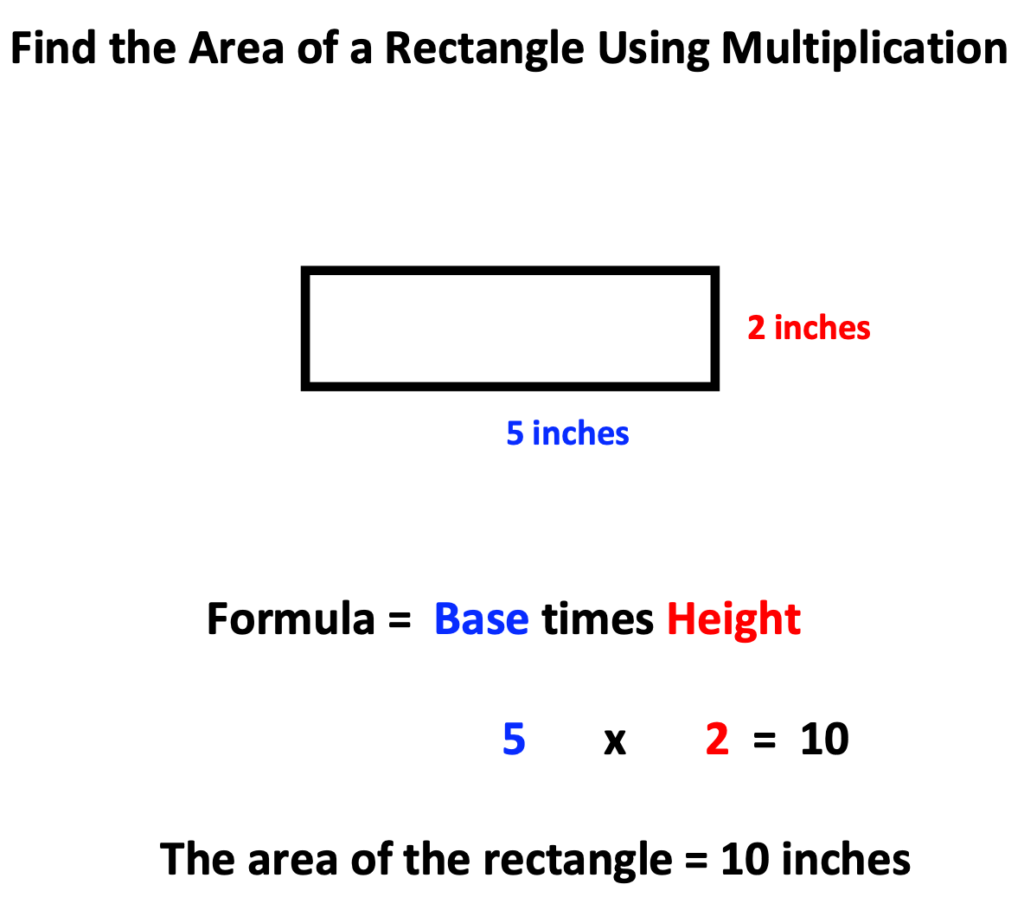
Yes. Knowing multiplication facts when calculating geometric quantities is important.
6. Equivalent Fractions
Knowing multiplication facts is also important when creating equivalent fractions. An example of an equivalent pair of fractions is 2/3 = 4/6. Another example includes 3/4 = 6/8. Below is an illustration of equivalent fractions and the use of multiplication.
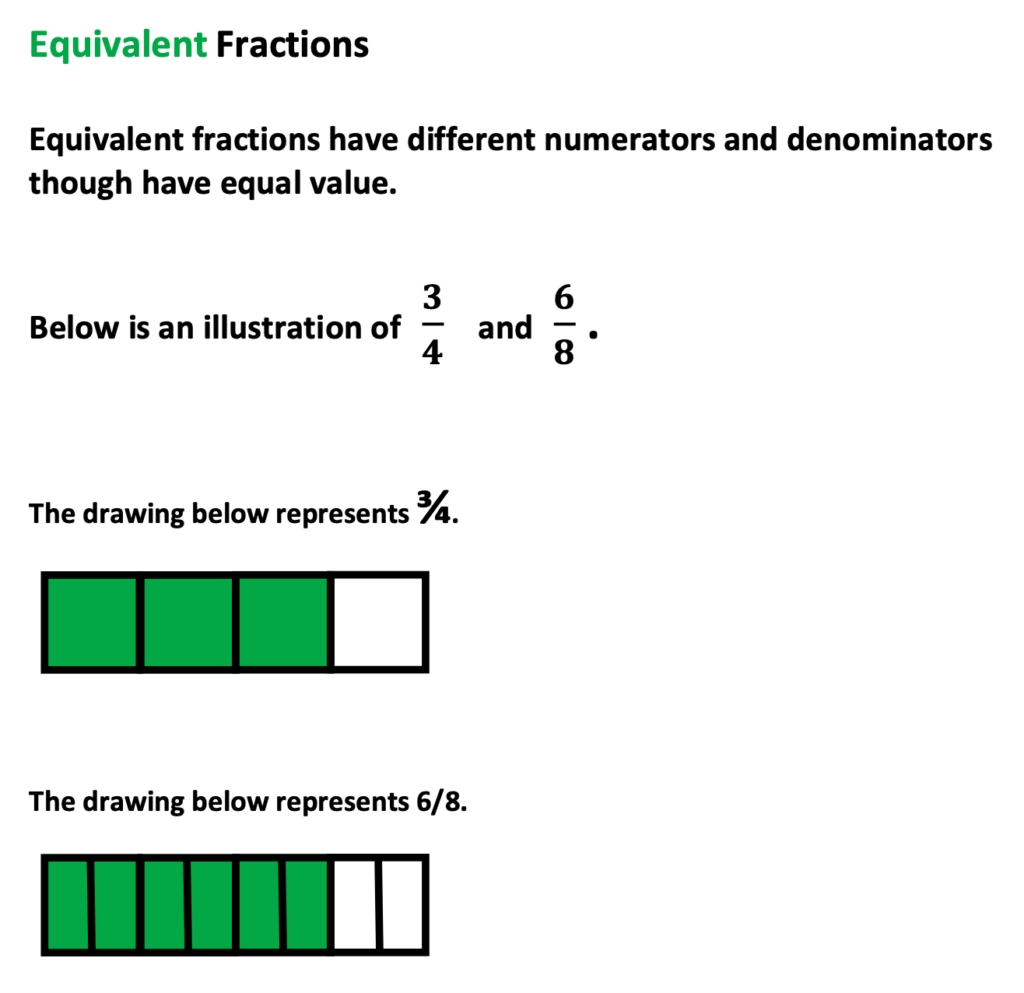

Yes. This is yet another example where knowing multiplication facts is useful.
7. Multiplication Facts: Reducing Fractions
Reducing fractions requires students to not only know multiplication facts. Students must also understand the relationship between multiplication and division. Students also benefit from practice using divisibility rules and number patterns to list factors. Once students are able to list factors, students are prepared to learn how to find the greatest common factor between numbers. For example, if given a fraction such as 12/15, students list the factor pairs for both 12 and 15. Upon review of the factor pairs, 3 is the greatest common factor. When 12/15 is divided by the greatest common factor the result is 4/5.

Yes. The ability to understand multiplication, division, and list factors of numbers is essential when reducing fractions. Once again, knowing multiplication facts is key.
8. Multiplying Fractions
Just as numbers such as 2 x 3 are multiplied, fractions such as 2/7 x 3/8 are also multiplied. When 2/7 x 3/8 are multiplied, the result is 6/56. When numbers are multiplied, the result may need to be reduced. For example, 6/56 reduces to 3/28 when the number in the numerator and denominator are both divided by 2.
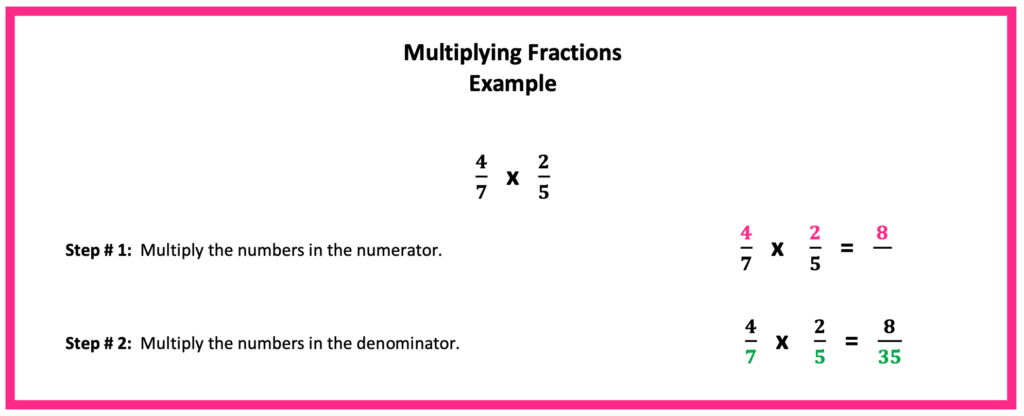
Yes. Once again, knowing multiplication facts is significant when multiplying fractions.
9. Dividing Fractions
Many students find this next concept quite surprising. Multiplication facts are once again useful when dividing fractions. Yes, multiplication.
In the illustration below, notice when and where multiplication is used.
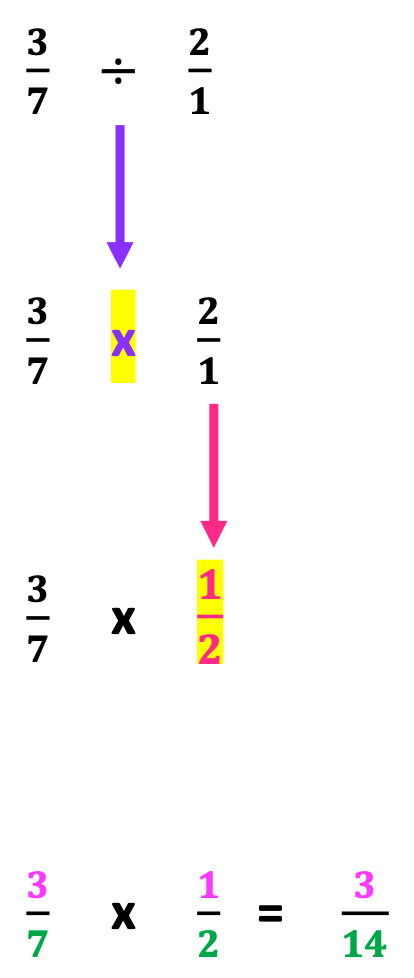
Yes. As seen in the steps for dividing fractions, knowing multiplication facts remains crucial.
10. Adding and Subtracting Fractions with Unlike Denominators
At a first glance, one may not consider multiplication facts to be relevant for adding and subtracting fractions with unlike denominators. Yet, this is another surprise! Let’s discover when and where multiplication fits in the problem below.
First, when looking for a least common multiple, the ability to skip-count or remember the multiples of a number is key to finding the least common multiple.
Second, when creating numbers with like denominators, multiplication is also used.

Yes. Knowing multiplication facts is also applicable when adding and subtracting fractions with unlike denominators.
Conclusion:

Knowing multiplication facts is the key that unlocks many math mysteries with ease, like a mighty warrior successfully leading the way and winning one math battle after the other! This is why knowing multiplication facts from 3rd grade and beyond is important!
Click on any of the topics below that may also interest you:
9 Important Middle School Math Concepts
9 Reasons Why Students Struggle to Learn Fraction Operations
How to Successfully Prepare Students for Fraction Operations
How to Successfully Teach Fraction Operations
How to Successfully Prepare Students to Reduce Fractions
How to Successfully Teach Fraction Operations with Mixed Numbers
